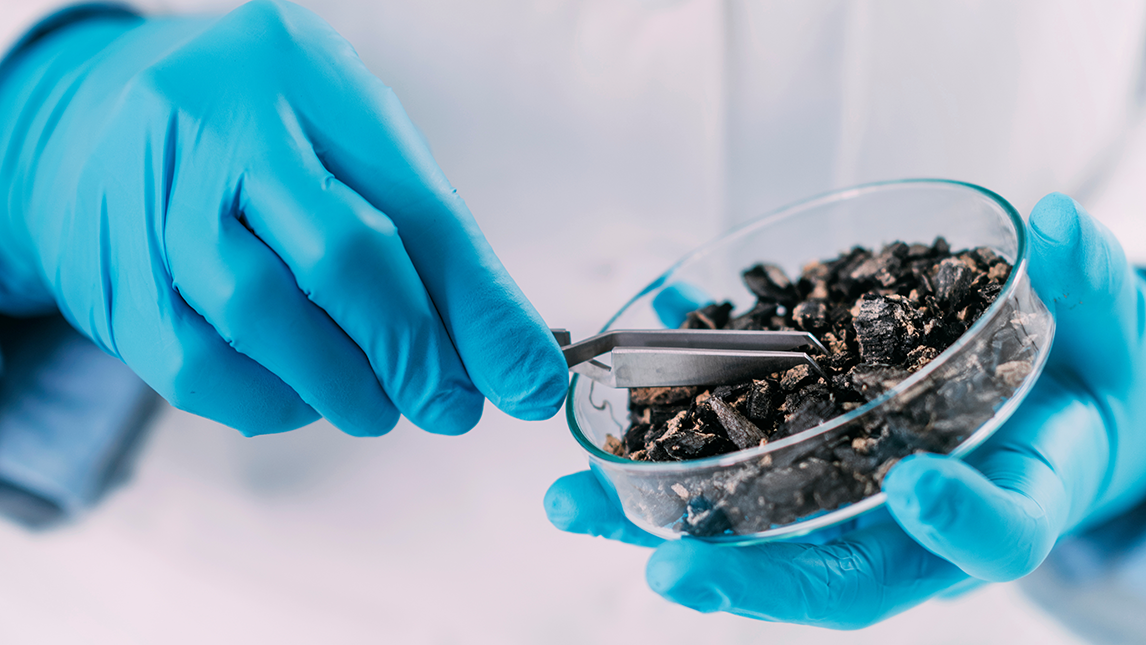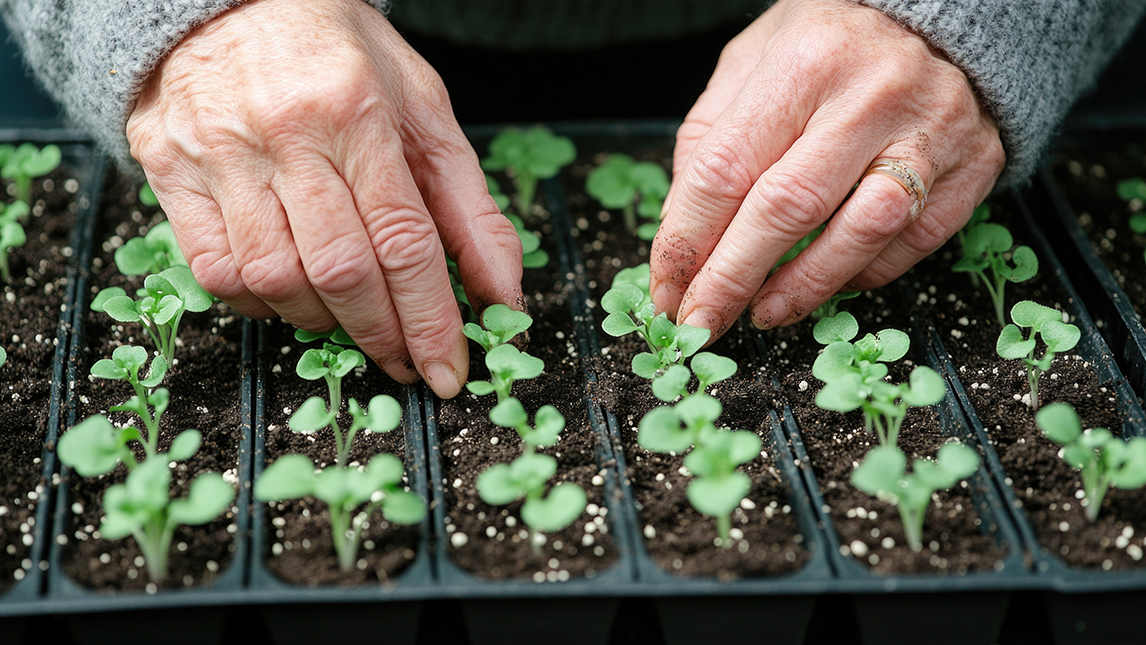Archaeobotany Lab
About us
Archaeobotany is the analysis of plant remains preserved in archaeological sites to reconstruct past vegetation dynamics and understand the relationships woven between human societies and their environment.
At the UWA Archaeobotany Lab our primary goal is to foster collaborative research programs that can meaningfully contribute to long-term climatic histories, enhance our understanding of the vulnerability and resilience of sociocultural-ecosystems, explore management and uses of local flora, delve into the deep histories of traditional ecological knowledge and the intrinsic relationship between people and plants.
We work across 3 main aims:
Resources
- Building and continuously enhancing systematically documented reference collections for the taxonomic identification of archaeobotanical remains with a focus on macro-remains, i.e. carpology (seeds, nuts, fruits) or anthracology (wood charcoal), and an attention to micro-remains (pollen, phytoliths, starch and residues).
- Develop morphological and anatomical databases specifically for archaeobotany in Australia and the Indo-Pacific region.
- Test and develop adapted methodologies for the application of the discipline in our region and the tropics – from fieldwork practices and taphonomy questions to interpretative frameworks.
Capabilities
- Support the sharing of resources and networking opportunities within Oceania.
- Provide teaching, training and supervision in archaeobotany at both undergraduate and postgraduate levels.
Two-way science
- Continuously work towards better integration of Indigenous knowledge and methodologies, two-way (right-way) science within collaborative and community-based research programs in archaeobotany across Oceania.
- Understand and analyse our disciplinary histories, consider ways to adapt and decolonise our methods and practices.
Plants are Country Margo Neale, FIRST KNOWLEDGES SERIES. PLANTS: PAST, PRESENT, FUTURE. (NEALE M. EDITOR, 2022, THAMES & HUDSON)
Our team
- Dr Emilie Dotte-Sarout
- Dr Chae Byrne
- Dr India Dilkes-Hall
- Dr Judith Field
- Dr Richard Fullagar
Associate postgraduate students
- Leia Corrie
- Ellyse Tuxford
- Emily Grey (completed)
- Eva Lowe (completed)
Upcoming events
World Archaeological Congress
22-28 June 2025Darwin
Chae Byrne and Emilie Dotte-Sarout will be co-chairing a session with Isabelle Thery-Parisot, under Theme 1 of the Congress Of People & Trees: New Directions in Anthracology and the Archaeological History of Human-woodlands Interactions. Recent works from the Archaeobotany Lab will be presented here, and in another session we helped develop, co-chaired by Emily Grey and colleagues Multi-Vocality in Archaeobotany: Other Perspectives on How People and Plants Interact.

20th Conference of the IWGP (International Work Group for Palaeoethnobotany)
21-26 July 2025Groningen, The Netherlands
The Archaeobotany Lab team is excited to have been heavily involved in the drafting of a specific session on 'Archaeobotany beyond binary oppositions: Traditional Ecological Knowledge & fresh ways of understanding past plant-people interaction'. We hope to be able to travel to Europe to present our papers in this and other sessions.

Past events
- 2024 Events
- 2023 Events
- 2022 Events
Students
We are always eager to support new students in archaeobotany and have a number of emerging and current projects in collaboration with colleagues at UWA Archaeology and other institutions, both nationally and internationally.
If you are interested in becoming involved, please contact us below.
Hear about our research
History rewritten - 31,000 year old amputation discovered
A team of Indonesian and Australian archaeologists including academics from Griffith University and The University of Western Australia have unearthed the earliest known evidence of a surgical amputation, dating back at least 31,000 years, in a limestone cave on the island of Borneo.
Projects
- Marra Anthracology and Archaeobotany
- Unearthing the significance of archaeobotany in Australia to support in the preservation of North WA’s Indigenous Ecological Knowledge
- Desert People: Australian Perspectives - archaeobotany
- Domestic uses of fire in past and present Australia
- People-plant relationships and medico-socio-cultural evolution in late Pleistocene tropical rainforests
- Fire and plants: Traditional Ecological Knowledge & Western Science from the Desert to the Sea
- Of Charcoal and trees: Anthracology and wood analysis of Kanak settlement sites
- Anthracology in Central-Eastern Polynesia
- Developing archaeobotany in Vanuatu
- Exploring grindstones and culturally important plants in northwest Australia - reference collections and ethnobotany in the east Kimberly
News
Connecting the Past to the Present
An Archaeobotanical Journey at Katjarra
Read moreFire, plants and charcoal: experimental work with Birriliburu
Chae Byrne and Emilie Dotte collected botanical samples from more than 20 trees and shrubs around Yamada camp
Read moreNew study finds wattle used for over 50,000 years in Western Desert
Research has found that wattle has a cultural history that spans across 50,000 years
Read moreResources
- Lab equipment
- Reference collections and anatomical/morphological databases
- Databases
- Student theses
Publications
- Publications
Our collaborators







Berndt Museum

















